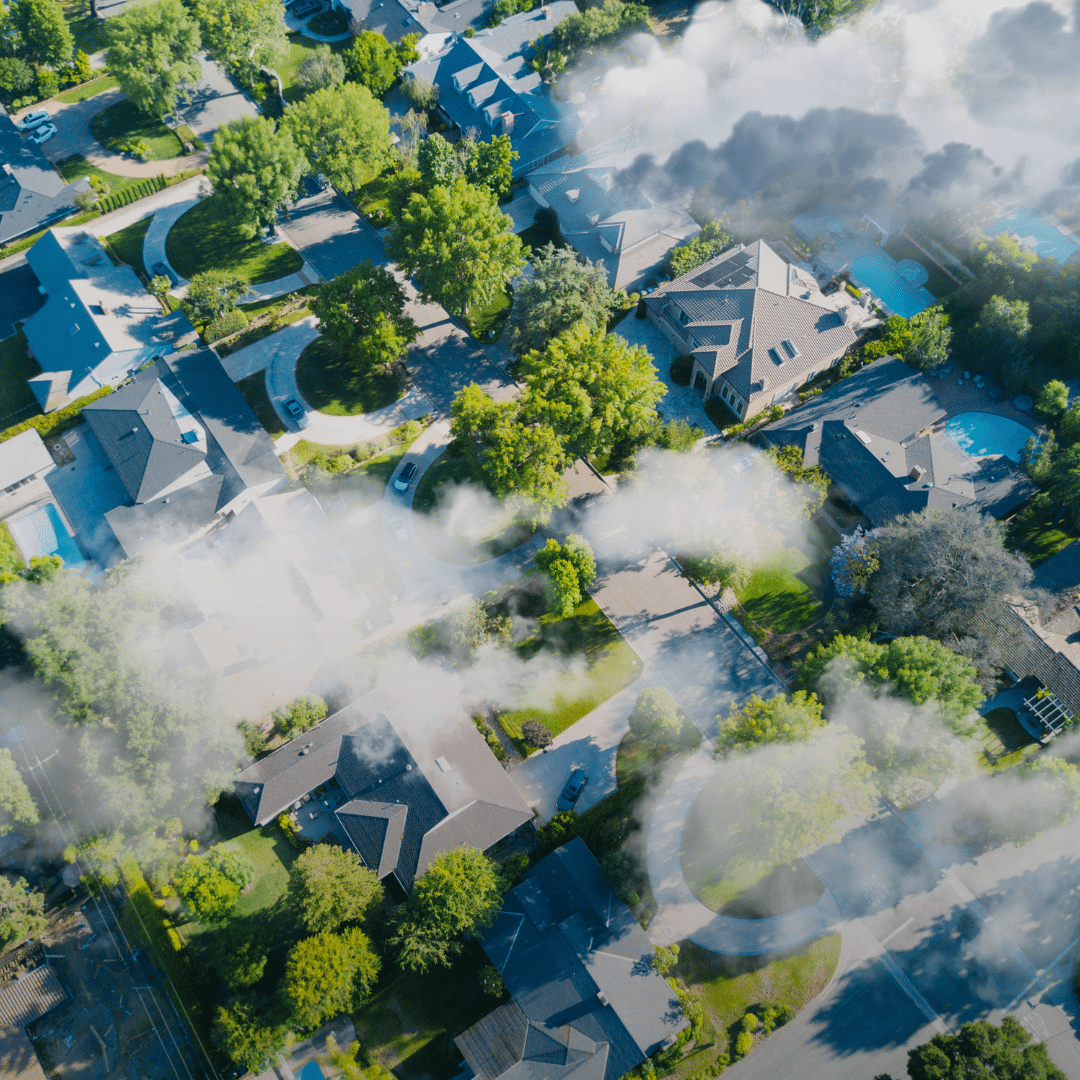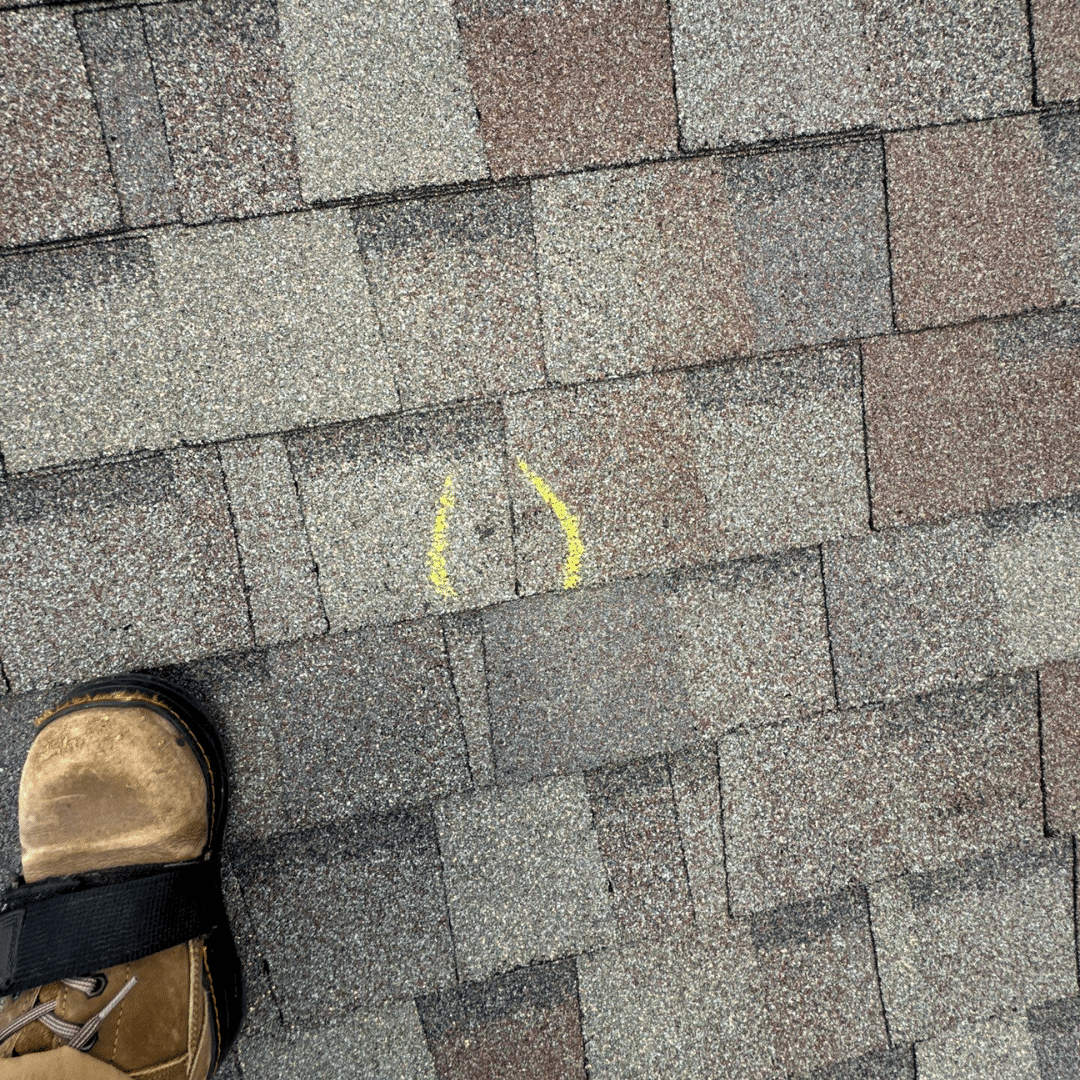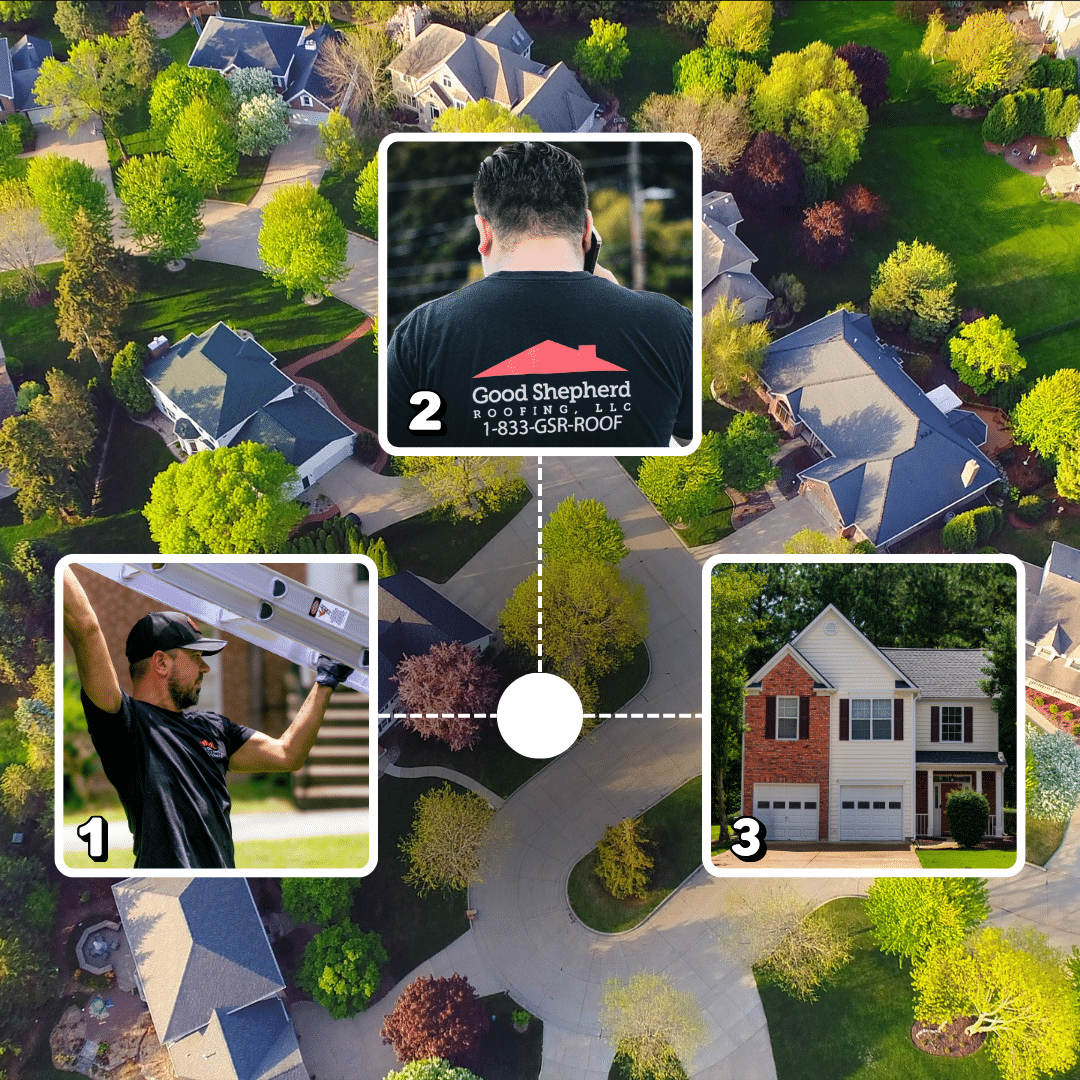
The Chaos After a Storm
The storm passes, the rain stops, and you step outside to see shingles in the yard or neighbors already Calling Roofers. Then comes the confusing part: filing an insurance claim. For many Georgia homeowners, the insurance process feels like a maze. Adjusters show up, throw around technical terms, and leave you wondering if you’ll actually get the coverage you pay for.
If you’ve ever felt overwhelmed after storm damage, you’re not alone. Insurance adjusters don’t always explain the whole story—and that’s where having the right roofing partner makes all the difference.
What Insurance Adjusters Won’t Tell You ?
1. They Work for the Insurance Company, Not You
It’s not personal—it’s business. Insurance adjusters may seem friendly and understanding, but they’re ultimately looking out for their employer. In fact, a recent Senate Homeland Security subcommittee hearing featured testimony from adjusters who said they were explicitly pressured to alter or delete damage estimates to reduce payouts after major storms like Hurricanes Helene and MiltonOne adjuster even said, “If an adjuster resists, the claim is reassigned to someone who complies.” That should signal one thing to homeowners: you’re not getting the full story unless you’ve got someone in your corner looking out for you.
2. Small Damage Can Be a Big Problem
Adjusters often downplay damage as “minor,” urging homeowners not to file a claim—but that’s what puts you at risk. In Georgia’s climate, even subtle signs like hail bruises, lifted shingles, or missing granules can lead to mold, leaks, or widespread deterioration within months. And once damage spreads, insurance companies are far more likely to push back or deny coverage. Your best defense is prompt, thorough documentation—and a clear advocate to help enforce what’s rightly covered.
3. Timing Matters More Than You Think
Many homeowners don’t realize that insurance policies include deadlines for reporting storm damage; let it slide, and insurers may label it “neglect.” The adjusters themselves don’t always remind you of this—because their goal is minimizing payouts, not guiding homeowners. In hearings, lawmakers pointed out that delays or denials happen frequently after disasters, often leaving homeowners footing the bill themselves or wrestling with claims months later.
4. You’re Not Alone in Suspecting Bad Faith
These aren’t isolated complaints. The Rigsby sisters—former State Farm adjusters—won a landmark lawsuit proving that State Farm had intentionally misclassified wind damage as flood damage during Hurricane Katrina so the federal government would pay, not them. That led to a $100 million ruling against the company. This wasn’t rogue behavior—it was systemic. Plus, California regulators are investigating State Farm’s claims practices again, this time amid allegations of inconsistent handling, ad-hoc staff assignments, and inadequate documentation after wildfires.
5. Why It Matters for You
If even front-line adjusters face pressure for reporting honestly, that puts homeowners at a disadvantage—especially those filing without assistance. You risk being undervalued, delayed, or denied coverage, and the broader the damage, the harder it is to get fair compensation. That’s why having someone who can document properly, negotiate insightfully, and speak “insurance” fluently isn’t just helpful—it’s your best shot at getting what you’re entitled to.

Why Storm Damage in Georgia Is Different?
1. Severe Weather Cycles:
Hail, high winds, and tropical systems hit Georgia hard every year.
2. Hidden Damage:
Shingles can look fine from the ground but be cracked, lifted, or bruised.
3. Fast Deterioration:
Humidity and heat speed up damage progression.
This unique climate means storm claims here require more than a quick glance—you need a trained eye on your side.
The Homeowner’s Frustration
- Confusion about what’s covered.
- Fear of premiums going up if they file.
- Feeling powerless against “insurance language.”
This is the point where many homeowners either give up or pay out of pocket—when in reality, they could have gotten full coverage with the right advocate.
The Guide: A Roofing Partner Who Speaks Insurance
Here’s where the stress lifts. A trusted Roofing Company bridges the gap between the homeowner and the insurance adjuster. That means:
1. Inspection with Documentation
Detailed photos, reports, and evidence insurers can’t ignore.
2. Meeting with Adjusters
Making sure damage is properly noted and coded.
3. Clear Communication
Translating fine print into plain English so you know exactly where you stand.
Instead of feeling like the underdog, the homeowner now has an experienced guide in their corner.
The Cost of Going It Alone
Ignoring storm damage—or relying only on the adjuster—comes with steep risks:
- Paying for repairs out of pocket.
- Insurance denials due to “late reporting.”
- Worsening leaks, mold, and structural issues.
- Lower home value if you try to sell with visible damage.
The Plan to Take Back Control
1. Schedule a Free Inspection
Document the storm damage before it’s too late.
2. Get Expert Guidance on Your Claim
Let a roofing pro walk you through what insurance doesn’t explain.
3. Restore Your Roof with Confidence
Repairs or replacement completed to the highest standard, backed by warranty.

Transformation: From Overwhelmed to Confident
Before: A homeowner frustrated with roof issues and unsure what the insurance adjuster will actually cover.
After: A confident homeowner with a fully restored roof, claim handled correctly, and peace of mind knowing their home is protected.
That’s the transformation you deserve—and the one a trusted roofing partner delivers.
Storm damage doesn’t have to mean stress, confusion, or unfair claim denials. With the Right Roofing Team on your side, you can navigate the process with confidence, protect your investment, and get the coverage you deserve.
Schedule your free inspection today and let us help you turn insurance confusion into peace of mind.

